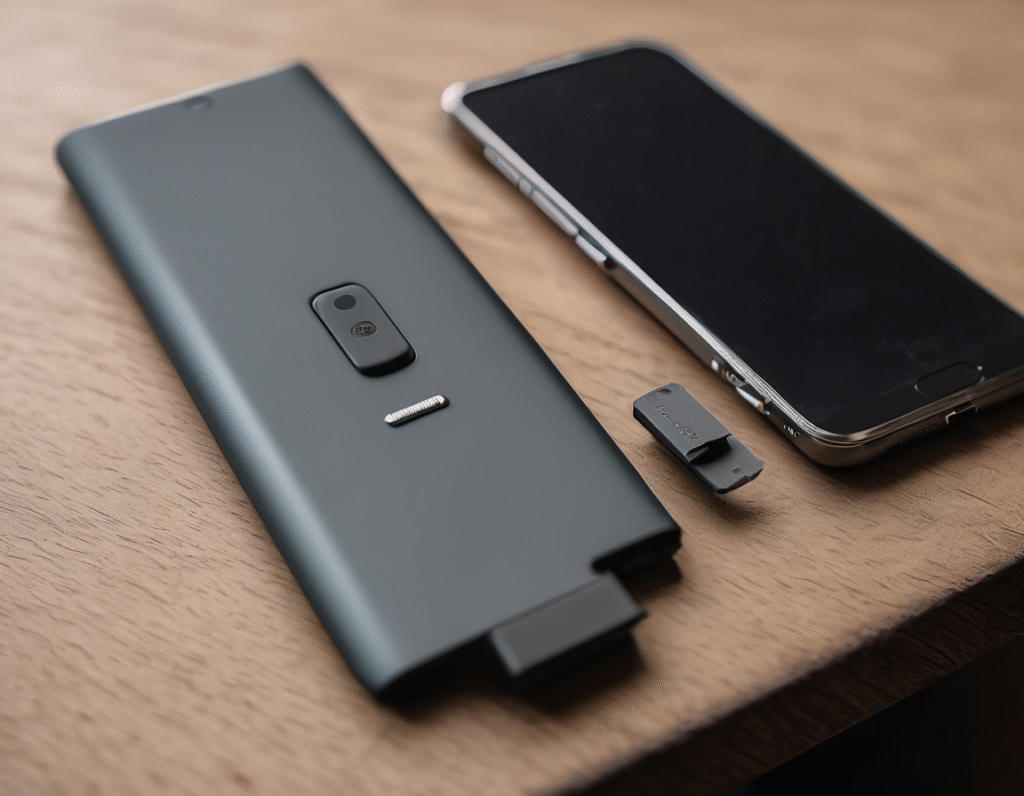Apple’s iPhone Air is the thinnest phone the company has ever made, and it comes with a companion accessory: the iPhone Air MagSafe Battery. While the phone itself is an engineering marvel, its launch presentation heavily featured this optional battery pack, even listing battery life estimates with and without it. This sends a clear message that Apple considers this $99 add-on a highly recommended, if not essential, purchase for anyone buying the $999 phone. This is a ridiculous notion. Consumers should not feel pressured to spend an extra hundred dollars on a proprietary battery pack, especially when the market is flooded with superior and more affordable alternatives. To be fair, the Apple battery pack does have some smart features. It can charge itself and the phone simultaneously when plugged in, and it can also wirelessly top up a pair of AirPods Pro 3. However, these conveniences do not justify its exorbitant price tag when you break down the specs. The iPhone Air MagSafe Battery has a capacity of 3,149 mAh. At $99, that works out to roughly three cents per milliampere hour. Now, compare that to a top-tier alternative like the Anker Nano battery. This 5,000 mAh MagSafe-compatible pack is priced at just $55, which comes out to about one cent per mAh. The value disparity is staggering. You are getting nearly double the capacity for almost half the price. The comparisons get even worse for Apple. Its pack has an energy rating of 12.26 watt-hours, while the Anker option boasts 25 watt-hours. Furthermore, the Apple battery tops out at 12W for wireless charging unless it is plugged in. The Anker pack is Qi2-certified for up to 15W wireless charging, meaning it can deliver faster power to the iPhone Air, which supports up to 20W wireless charging. If we extrapolate Apple’s pricing model to a larger battery, the numbers become absurd. A hypothetical 5,000 mAh Apple battery would cost around $150, and a 10,000 mAh version would be a staggering $300. Paying that much for a power bank from any other brand would be unthinkable. While Apple is known for premium-priced accessories, this case is different. The battery pack is not a luxury item like a fancy watch band; it is presented as a core component of the iPhone Air experience, integral to its advertised battery performance. This makes the high cost feel less like an option and more like a mandatory completion of the product you just bought for a thousand dollars. Thankfully, consumers have choices. The Anker Nano is just one example from a crowded field of excellent MagSafe and Qi2-compatible power banks from reputable manufacturers. These third-party options offer similar, and often better, specifications at a fraction of the cost. Any Qi2-compatible magnetic power bank will work seamlessly with the iPhone Air. For those who prioritize sleekness and specific Apple-branded integration, spending the extra $99 is a personal choice. But for everyone else, it is important to know that you have powerful, reliable, and significantly cheaper alternatives. Do not let anyone convince you that Apple’s battery pack is your best or only option. It is, by a wide margin, the worst value proposition in the accessory market.


